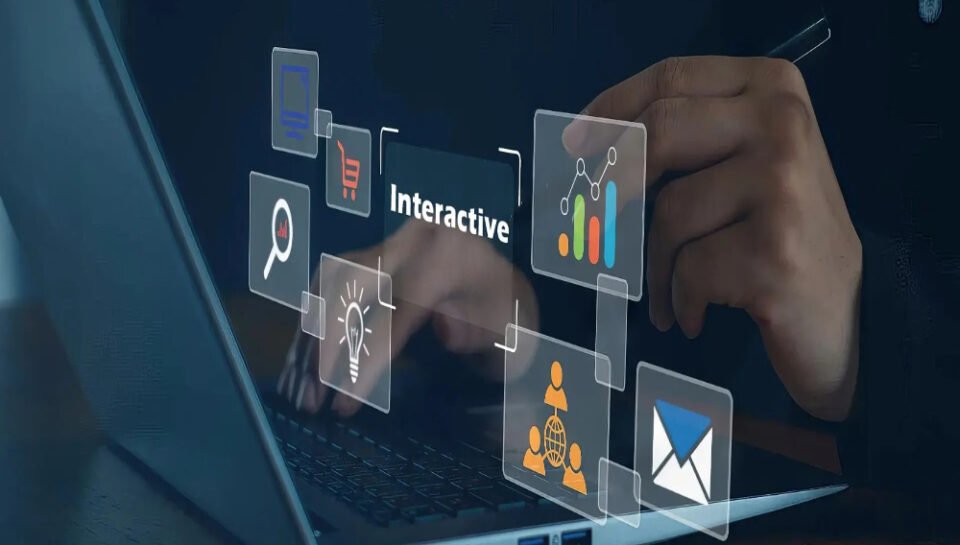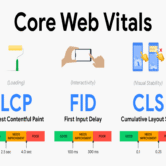
Interactive Elements: Driving Engagement with Your New Website Look
In contemporary web design, interactive elements play a pivotal role in shaping how users connect with content. A website redesign is the ideal moment to integrate these dynamic features in ways that enhance engagement, navigation, and user retention. Interactivity transforms the browsing experience from passive consumption to active exploration. Whether through micro-level interactions or broader interactive flows, these design choices guide attention and create a more intuitive connection between users and interface.
The integration of elements such as hover states, animated transitions, clickable components, and real-time feedback enables users to engage naturally with the interface. These features provide cues, confirmations, and visual rewards that improve usability and create a more satisfying journey. When deployed strategically, interactive design reinforces hierarchy and flow, leading users toward desired actions without disrupting their experience. The aim is to balance functionality and aesthetics, ensuring that every interaction serves a clear and meaningful purpose.
For maximum effectiveness, interactive components must be embedded within a responsive framework, adaptable to different devices and input types. Accessibility, performance, and clarity remain central considerations, as overly complex features can dilute the user experience. Incorporating interactivity during a redesign allows teams to unify design systems, motion guidelines, and feedback mechanisms. This cohesive approach drives deeper engagement by turning the interface into an active, responsive environment that reflects user intent and fosters ongoing interaction.





